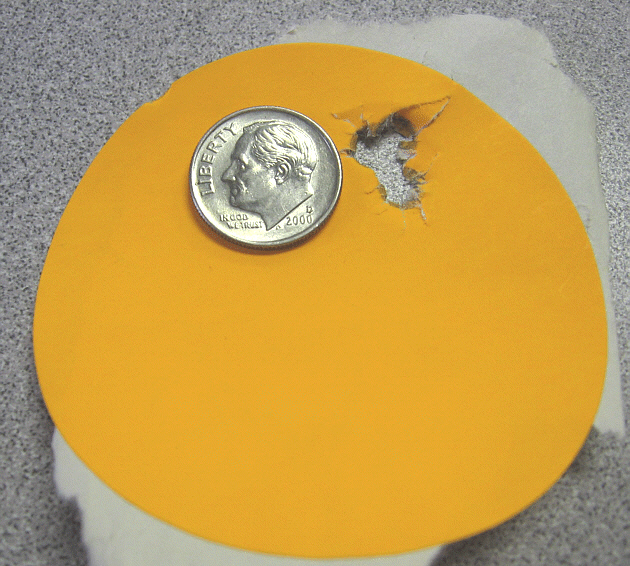
December 1st 2012
Back in the early fall I was working up a new load for my vintage Remington 700 in 243. I had decided I wanted to coyote hunt with it some this winter.
Opting for super light/fast, I was playing with the Sierra Blitz King in 55 grains. I don't have the recipe in front of me but with Varget powder things seemed to be headed in the right direction.
I have to say however that I can't give all the credit to the recipe. This old (1967 model) Remington has never really cared what you sent down the barrel or how fast.
This is the rifle that got me hooked on the 243 caliber almost 20 years ago now. I have since added a couple of other 243's to my arsenal and get to feeling guilty that I don't dance with the one that brung me. So I gave the rifle a second facelift replacing the black synthetic stock with a new camo stock from Remington. And with aprehension, replaced the scope that has accounted for a couple dozen praire dogs and probably 2 dozen deer.
The first facelift was simply mothballing the walnut stock and replacing it with a Remington take-off that I purchased on ebay.
When the new scope arrived I was anxious to give it a try. It's the new Redfield Revenge Accuranger / Varmint in 4-12X40. I had done some research and liked the concept on the ranging type reticle. It is much more difficult to explain then to actually use but I will attempt.
There are 2 stationary horizontal lines in the reticle, 1 at dead center and one slightly below that. Still farther down the verticle post there are bullet drop markers with yardage indicators, just a couple of them. A 3rd horizontal line is near the top of the verticle post and is key to "ranging" process.
Changing the power on the scope to make Mr. Coyote fit between the 2 stationary lines, the 3rd line moves. When the coyote fits, the 3rd line is sitting on the "distance to target" mark. Simply raise the rifle to position the corresponding bullet drop marker on the target and pull the trigger.
It's a lot less complex then it sounds, really. One thing that bothered me was a review I had read and the owners manual both stated that you should turn the power to max before pulling the trigger. This didn't make any sense to me and sounded like just one more damn thing to remember. So I called Redfield customer service. The answering system informed me that I was like caller 80 or expect 80 minutes of wait time. Either way, I had no intention of devoting that much of my time to get an answer I still probably couldn't take to the bank so I headed down to my shooting bench the next chance I got.
I only have 100 yards to my target but playing with the power while shooting should give me some indication of what the hell difference it makes what power I'm on.
I fired a shot on 4 power, cranked it to 12 power and the 2nd shot landed right next to the first shot. As I suspected it made no difference on point of impact. And I could come up with no reason why it would have so why the book tells you to "turn to max" is beyond me. All you want to know is distance to target, pick the right mark below the bottom reticle and pull the trigger. The power adjustment doesn't change any of the marks or the sighting reticles. I seldom see a coyote stand long enough to make 40 adjustments to a scope so I figure I'll be doing good just to actually range the dog.
The owners manual also lists a few cartridges with related velocities to give you an idea of what the marks below the bottom reticle will do for you. I have not played with the scope at distances greater than 100 yards and at this point I don't care. My primary interest in the scope was the ability to get a fairly accurate idea of distance to target and then I usually know where my bullet is going after that.
Not complex, if you know your bullet drops say 6 inches at 300 yards, use the center reticle and aim 6 inches high. But if you guess it at 400 and it's not, your screwed. The Accuranger will tell you the distance, again, what I am primarily concerned with.
Beyond that, the scope transmits a great deal of light and is extremely clear. And even more importantly, it holds zero.
So back to the original topic, the new load for the 243.
Using the new scope, at my 100 yard bench, I think I found a load that will work just fine.

So I promptly missed a coyote at 100 yards later that week. However, I was shooting through a fence and am sticking with the story that I ticked a wire on the way.
Last Modified: Tuesday, June 18, 2013 11:30 AM